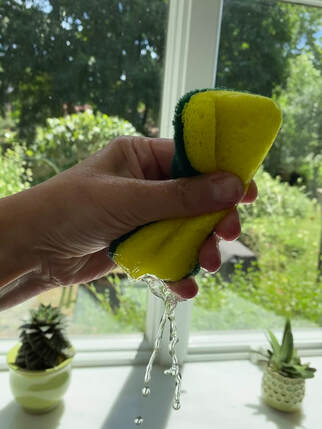
Brains are like sponges. They absorb information (like sponges absorb liquid) but they also can provide information (like when sponges are squeezed). If you do not use a sponge for a while, they dry out and shrivel up. Use it or lose it. This is the theory behind auditory deprivation and cognitive decline. We now have some long-term research that supports this theory. The auditory cortex, located in the temporal lobe, is the part of our brain that makes sense of sound and can understand speech and interpret language. There is a pathway for sound to get there and it starts with the part of our body that we consider our “ear(s),” which is technically called the pinna. The pinna channels soundwaves into the ear canal towards the ear drum, which is connected to the 3 smallest bones in our body, the ossicles. The ossicles change soundwaves from air conduction to mechanical energy as they conduct vibrations through a lever action to a membranous window connected to the snail like structure called the cochlea. The cochlea is our inner ear and it is amazing. It has 3 channels inside that are filled with fluid. An organ (the organ of corti) separates two of those channels and is the home to the auditory nerve endings which are important cells that are tonotopically organized. This means that each cell is tuned to pick up a different frequency from 20 Hz (very low pitch sound) to 20,000 Hz (extremely high pitch sound). This is where the sound changes from mechanical energy to electrical energy and action potentials transmit signals to the nerve bundle of the 8th cranial nerve, the auditory (and vestibular) nerve, which travel through the brainstem to our auditory cortex, where finally, we make sense of the sounds around us. If any part of that auditory pathway breaks down, it will be experienced as “hearing loss.” If the hearing loss goes untreated, it is kind of like letting the sponge dry up. This is why treating hearing loss is so important. It keeps that pathway working and the brain stimulated. We don’t want to lose that!

 RSS Feed
RSS Feed